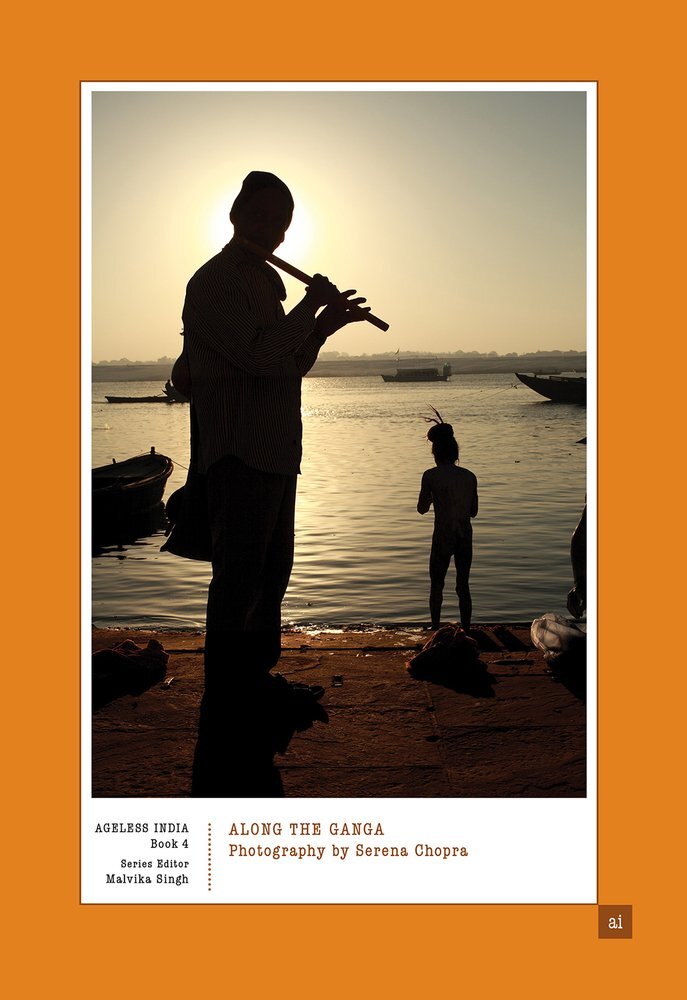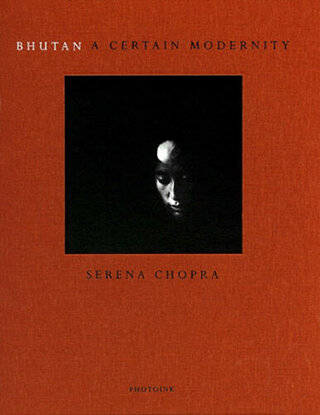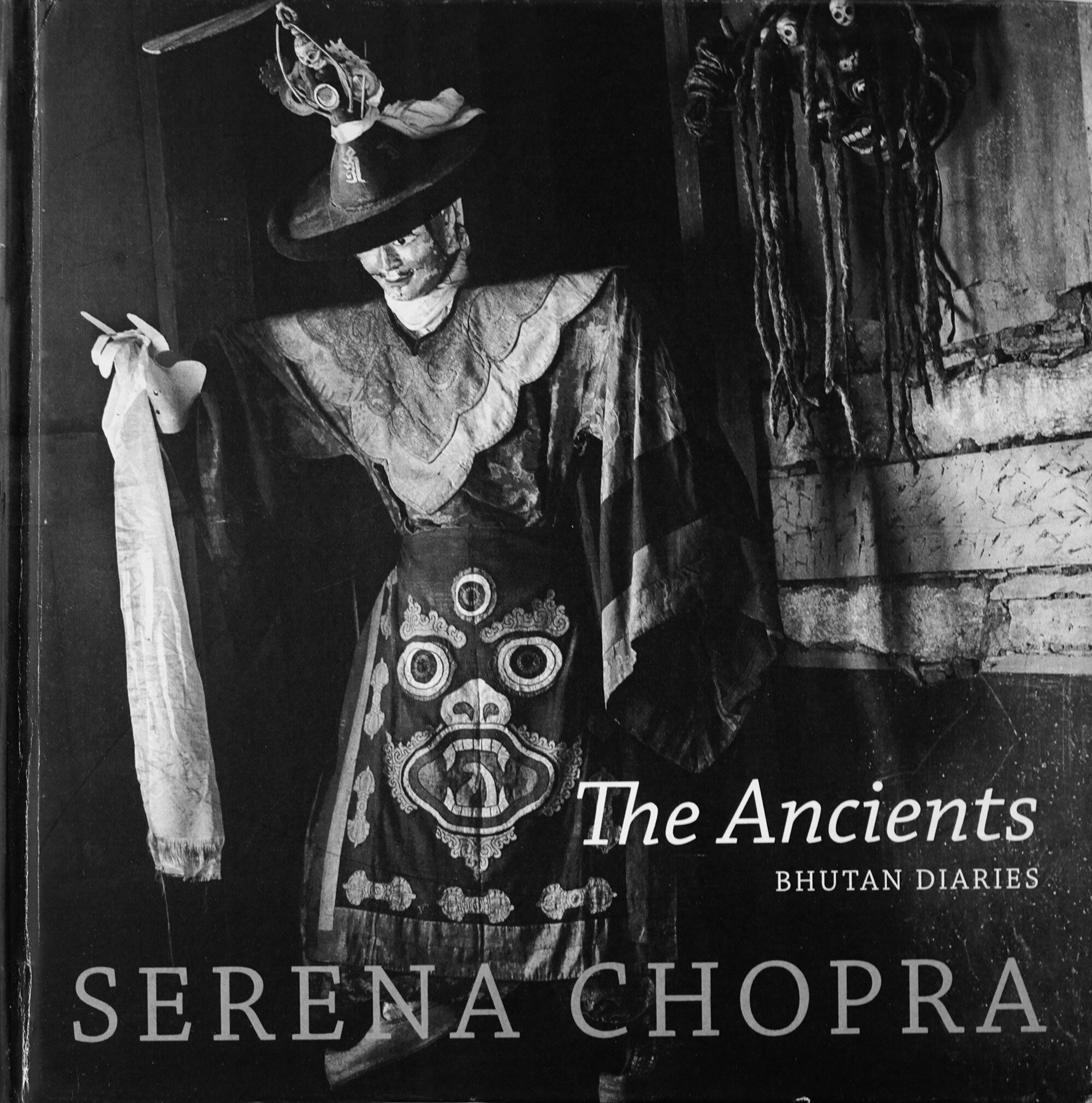














SERENA CHOPRA
Chandernagor: A Legacy of French Heritage
December 5, 2020 - February 15, 2021
In 2013, Serena Chopra was invited to Chandernagor on an assignment from Bonjour India – Festival of France to photograph the area previously known as Établissements français dans l'Inde (colonial French India). Chopra’s previous series on Bhutan (2007) and on Majnu Ka Tilla (2009-2012) firmly displayed her process of examination and formal documentation of the people, interiors, and exteriors of the communities she spends years researching, with a desire to have the community speak in their own words. For the Chandernagor series, instead of focusing primarily on the people of the region, Chopra turned to study the unique French architecture built during this time (1673-1954).
Chopra reflects on her approach for this body of work touching on the link of physical spaces and memory:
“Space can create dialogue; The participants, as I see them, are memory and history, on the one hand and the present moment with its players on the other. The mood of the space slows down time, to allow for reflection on the relationship between the people and their surrounding world. History watches as it creates. Here it could be possible to gain insights into human identity, crossing the boundaries of time as the past merges with the aura and reality of its present manifestation. I participate in the history of a place and its people and become part of that dynamic. The inanimate is not separate to this whole process of participation. It too assumes a role. Space is animated and rendered alive.” - Serena Chopra, 2013
The Grand Trunk Road is one of Asia’s oldest and longest major roads. For at least 2,500 years it has linked Central Asia to the Indian subcontinent. Part of the GT Road stretches from North Kolkata to Chandernagor, one of the 5 major enclaves of French India. Hutments and shacks line the roads with sign boards on shop exteriors and government buildings boasting a variety of spellings of this erstwhile French trading post-- Chandernagor / Chandernagore /Chandannagar/ Chandernagor-- resulting in an Indo-French world from the onset.
Within the “Ville Noir” section of Chandernagor, Chopra began inspecting the French-architecture inspired 18th century townhouses that were owned by wealthy Bengali merchants. One of these houses is the beautiful and imposing French mansion, Mondal Bari, constructed in 1752. Mondal Bari has an impressively ornate facade that leads to a courtyard reminiscent of a traditional French house. The east side of the courtyard contains the ‘thakurdalan’ or the house of the deity, which is raised on a high plinth and decorated with intricately carved columns in a blend of Indian and Western architectural elements. Deep verandahs with timber louvered screens on the first floor lead to bedrooms with high ceilings, colored glass windows, aged European ceiling fans and light fittings. An 18th century four-post bed is adorned with a mosquito net. In the next room, a pair of tall 18th century golden-framed mirrors guard a carved wooden console stacked with bric-a-brac and cobwebs. The disarray can not mask the rich history of Mondal Bari.
The muted colors and ornate yet worn decoration found in these images serve to recall an earlier era, and Chopra’s photographs of the current occupants of these spaces as they do their daily activities is a melding of these rich histories with their own.
As Chopra recounts, “I was instantly transported to 1673 when the French obtained permission from Ibrahim Khan, the Nawab of Bengal, to establish a trading post on the right bank of the Hooghly River. Bengal was then a province of the Mughal Empire. In 1730, Joseph Francois Dupleix was appointed governor of the city and a considerable maritime trade was carried out. It is said that Chandernagor for a time was the key center for European commerce in Bengal. Local lore has it that the name Chandannagore was possibly derived from the shape of the bank of the river Ganges which is bent like a half moon (in Bengali 'chand' means moon and nagar implies, city).”
Chopra was born in Secunderabad, India. Her first body of work from Bhutan was exhibited in solo shows in New Delhi, Bhutan and New York. A publication of this work, Bhutan, A Certain Modernity was released in 2007 with a foreword by Her Majesty Queen Ashi Dorji Wangmo Wanchuk. Chopra’s work has been included in group shows and published extensively in India. Chopra’s recent exhibitions include: FotoFest Biennial (Houston), Harvard Art Museums (Boston), Partition Museum (Amritsar). Serena Chopra’s book, The Ancients: Bhutan Diaries has been featured in Outlook India and The New Indian Express.
SERENA CHOPRA | Chandernagor: A Legacy of French Heritage
Exhibition Dates: December 5, 2020 - February 15, 2021
Press Release (PDF)
Exhibition List (PDF)
RELEVANT PUBLICATIONS




